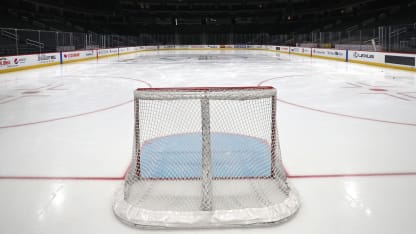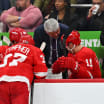Meeuwisse is a sports medicine physician with a background in sports health screening, risk analysis and injury prevention. For several weeks, the NHL has also retained Bruce Farber, the chief of infectious disease at Long Island Jewish Medical Center and North Shore University Hospital.
The League is currently keeping an eye on trends in the number of cases and the rates of change worldwide, and in North America in particular, while also monitoring guidance from the Centers for Disease Control and Prevention, Health Canada, and other authorities.
Meeuwisse said he has regular calls with his counterparts at MLB, the NFL and the NBA "just to see how the guidance we're getting from our difference experts aligns and make sure that we're consistent in the information that we have, given that it's constantly changing, so that we have sort of a common base for making decisions."
The NHL would have a number of criteria for resuming the season.
"The specific circumstances are obviously going to depend on the pattern of the disease and the specific risks at that time," Meeuwisse said. "That's one of the difficulties. This thing is changing daily, and guidance from health authorities is changing daily based on the changing circumstances.
"I mean, if we think about bringing people back together, we'd want to have some confidence that the players and the staff themselves are healthy, some confidence the players were not infectious at that time, and that bringing them back together, even in small groups, would not increase the risk of contracting or transmitting the coronavirus.
"And then we'd have to place that in the context of the larger society and the fact that we have people in 31 different market cities and they're likely to differ from one city to the next."


















